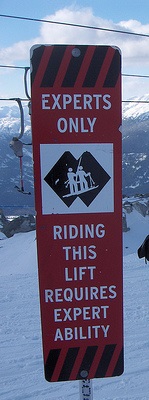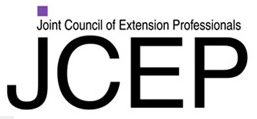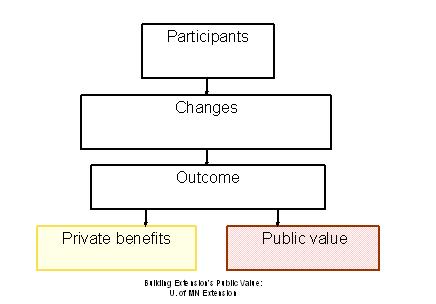How do your programs create public value?
In the Building Extension’s Public Value workshop, we highlight three main ways Extension programs create public value. Programs address concerns about fairness, close an information gap, or encourage actions that benefit the greater community (or equivalently, discourage actions that impose costs on the community). Each of these can be thought of as a criterion or justification for public sector involvement. In my experience, most Extension programs focus on the third type of value creation and base their public value message on the ways a program encourages beneficial activities.
We can’t generalize from this non-scientific poll, but I wondered about the lack of attention to the fairness criterion. In the workshop, I encourage program teams to use this criterion with caution. Whether the unfairness of a situation warrants public sector action is subjective, and stakeholders with different values may assess fairness differently. So, I think Extension makes a more effective case when it uses the fairness criterion selectively. For this reason, I wasn’t surprised by the small number of responses for fairness. I wondered, though, whether it arose because respondents thought their programs did not address a concern about fairness, or if they thought the program did address fairness, but they planned to emphasize a different criterion in order to make a stronger case.
Do you think a relatively small share of Extension programs address a fairness concern? Which criterion would you have chosen for the Extension programs you work with?
The post How do your programs create public value? appeared first on Building Extension's Public Value.








